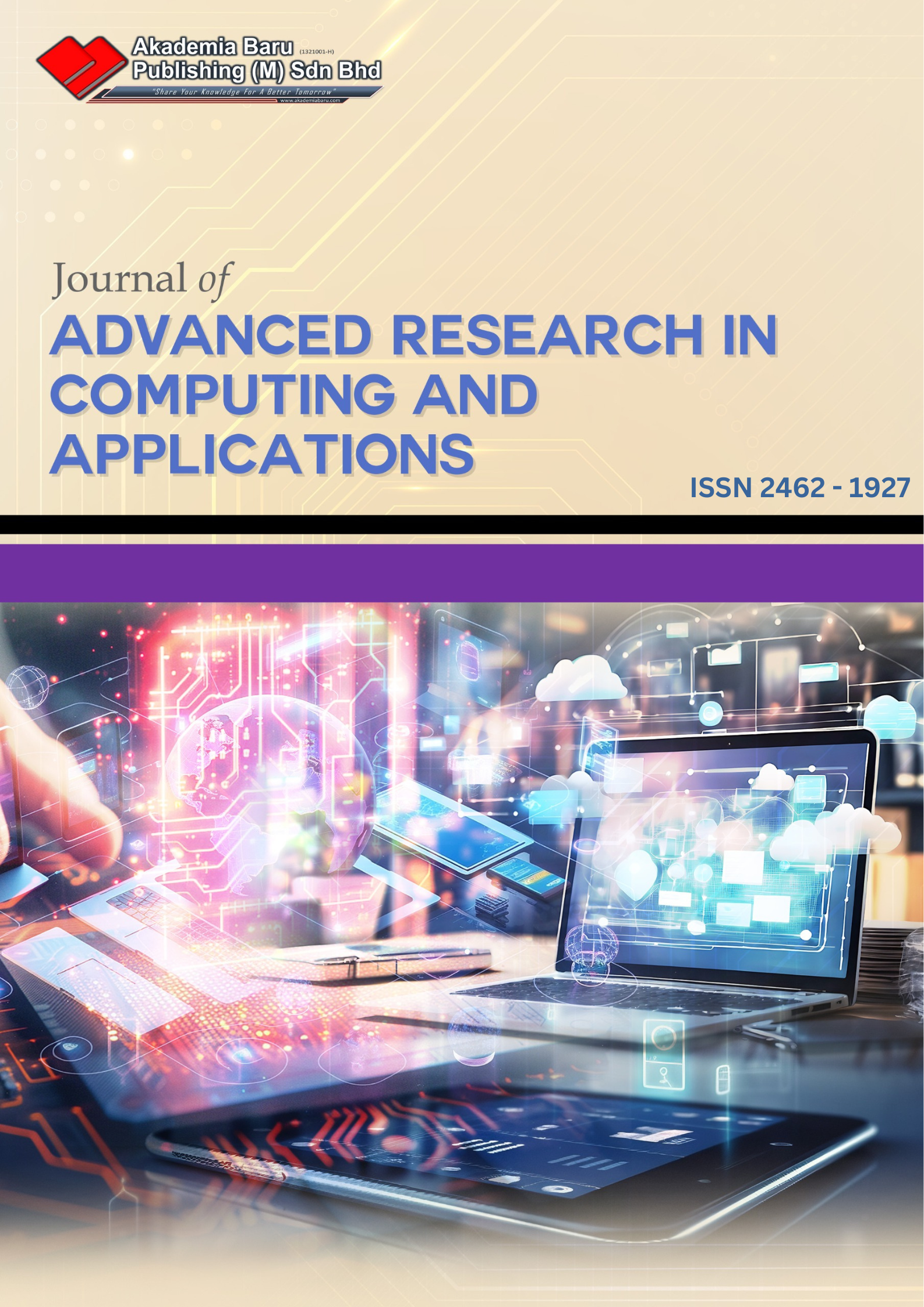An Energy-Efficient MAC Protocol Based on Node Power for Wireless Sensor Networks
Keywords:
Wireless Sensor Networks (WSNs), Medium Access Control (MAC), S-MAC, ML-MACAbstract
Energy consumption is an important issue in Wireless Sensor Networks (WSNs) because wireless sensor nodes are usually battery powered, and an efficient use of the available battery power becomes an important concern especially for those applications where the system is expected to operate for long durations. This necessity for energy efficient operation of a WSN has prompted the development of new protocols in all layers of the communication stack. If the radio transceiver is the most power consuming component of a typical sensor node, large gains can be achieved at the link layer where the Medium Access Control (MAC) protocol controls the usage of the radio transceiver unit. This paper presents an energy-efficient MAC protocol for WSNs. This protocol is designed to achieve low duty cycle, especially for low and medium power nodes and therefore extended network lifetime. Low power nodes in the proposed approach have a very short listening time that would reduce the energy consumption during communication. The simulation results show that the proposed MAC protocol has the best energy saving performance over both the Sensor-MAC (S-MAC) and Multi-Layer MAC (ML-MAC) protocols. The proposed approach saves energy of about 73% more than the S-MAC protocol. It also achieves 23.1 % energy saving compared to ML-MAC protocol in the coherent mode.
Downloads











